Marc PoKempner

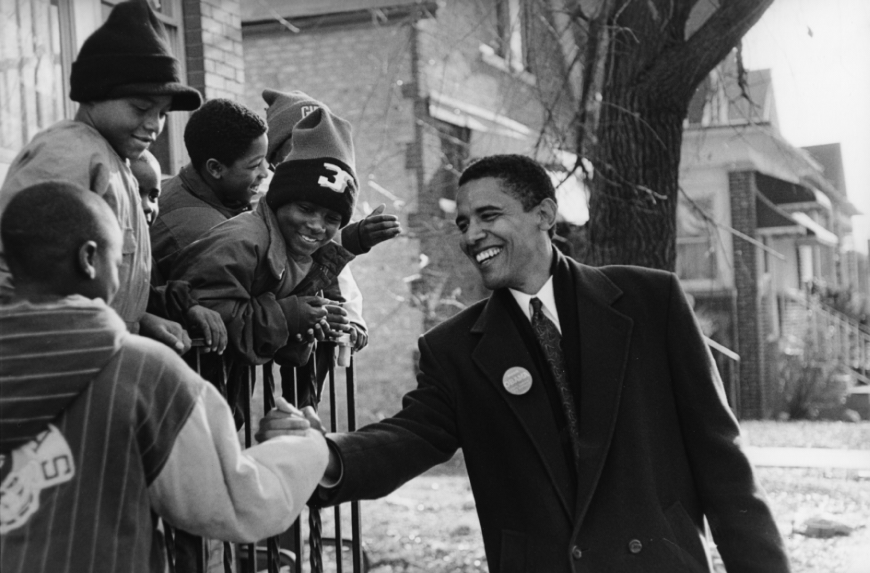

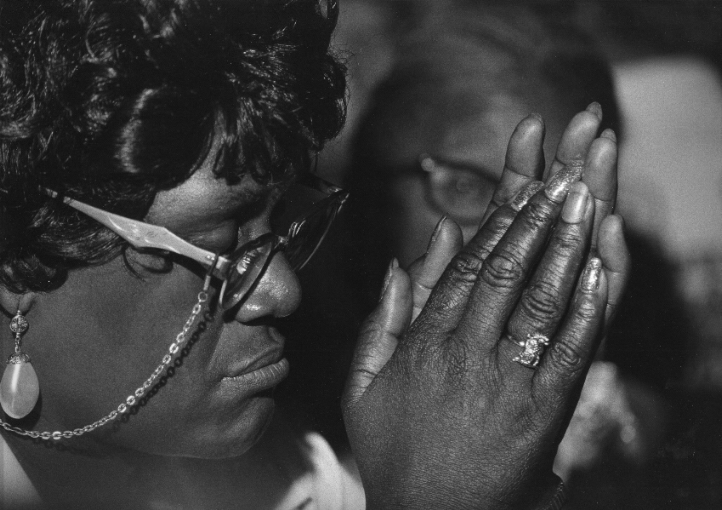
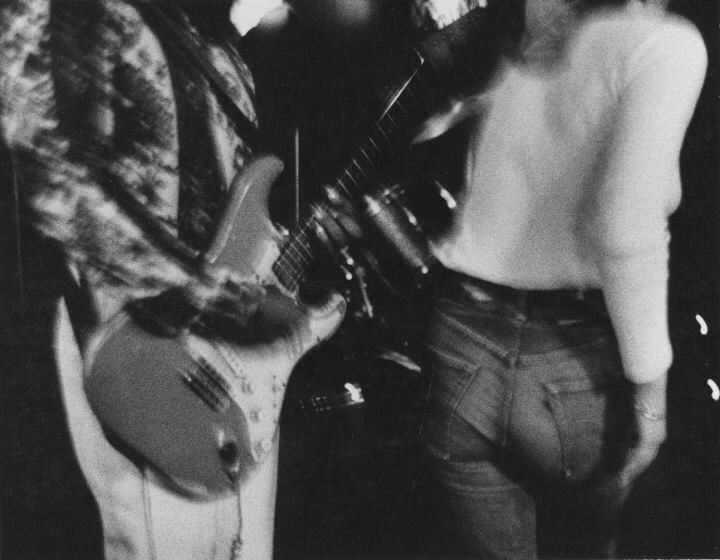
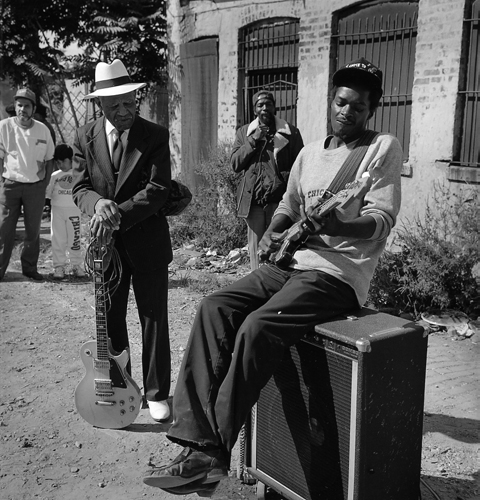
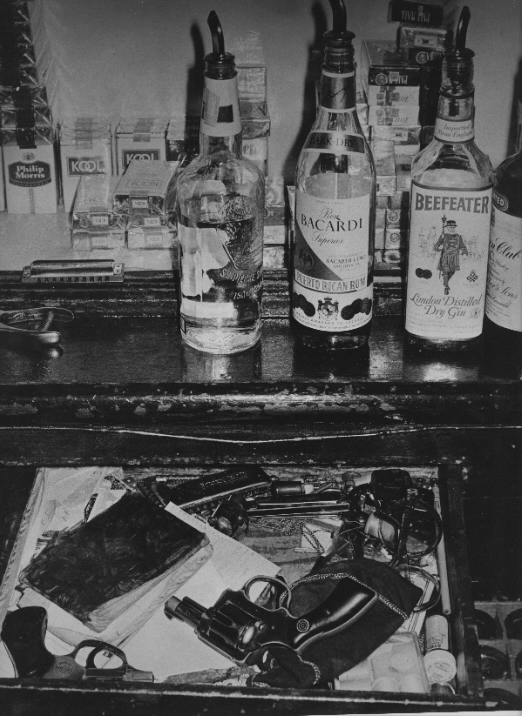

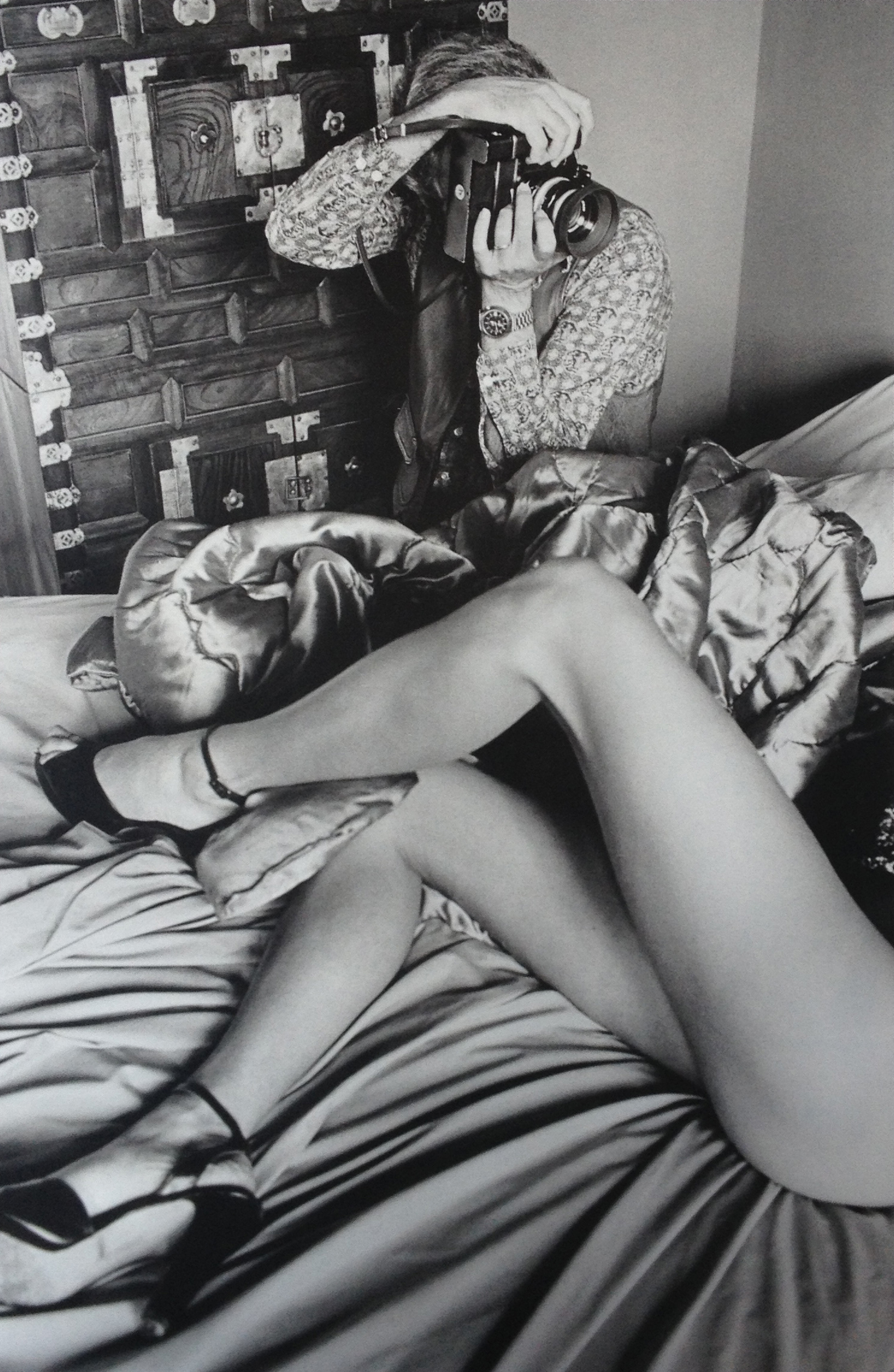
Marc PoKempner (American, b. 1948)
Marc PoKempner began his career at the Reader in 1974, with a cover picture illustrating a story on invisible air pollution. The picture featured a buxom friend in a t-shirt with OZONE emblazoned on it, posed in a gas mask on a rooftop in Hyde Park, and earned Marc many assignments illustrating invisible, or otherwise difficult subjects. After a few years exposure in the Reader, aided immeasurably by the brilliant art direction of Bob McCamant, he was recruited to People Magazine, in the days when the Midwest Bureau still aspired to journalism, and soon snuck down the hall to Time, where the drinks were stronger and the Bureau Chief delighted in making challenging assignments. He accomplished those as well, and soon was shooting for the range of Time-Life publications. PoKempner continued his work on black neighborhood Chicago blues clubs (“Down at Theresa’s” published by Prestel in 2000) followed the inspirational mayoral campaign of Harold Washington in 1983(published in Harold!” in 2007 by Northwestern University Press) - all supported by continuing work for the Reader. Assignments from national and international magazines - the New York Times, Newsweek, Fortune, Forbes, Business Week, In These Times, Village Voice, Rolling Stone, Chicago Magazine, Mother Jones, Stern, Manchete, Nikkei and others kept him busy for years, supplemented by documentary grants from the Focus Infinity Fund for “Changing Chicago” in 1989 and “At the Edge of Shelter” in 1991 which were published and exhibited at the Art Institute and are included in their permanent collection. These projects led to work for housing, healthcare and educational not-for-profits, including the Ada S. McKinley, Casey, Ford, Joyce, MacArthur, Sara Lee and Steans foundations, NHS of Chicago, LISC, National Equity Fund, and Accion, Chicago among others. Marc is also proud of his self generated projects, like “Elian’s Cuba”, a photo essay about the boy’s hometown and classmates, which appeared in Newsweek while Gonzales was in captivity in Florida. He now splits his time between Chicago, New Orleans and wherever his travels take him, still making photographs and occasionally writing.
